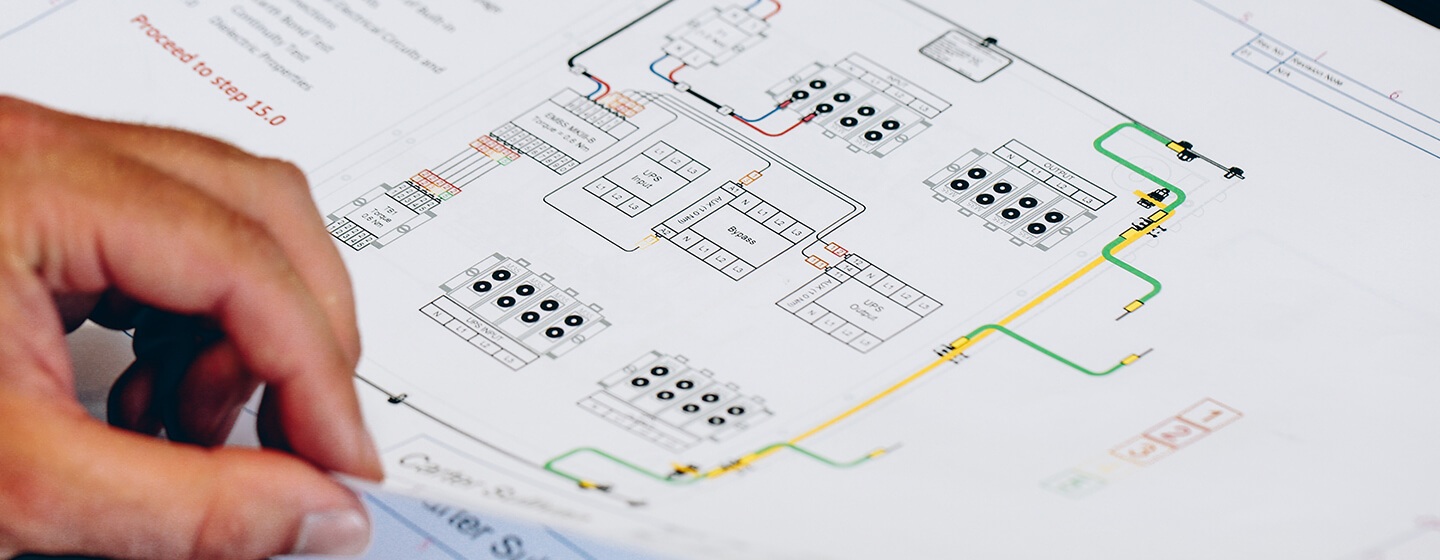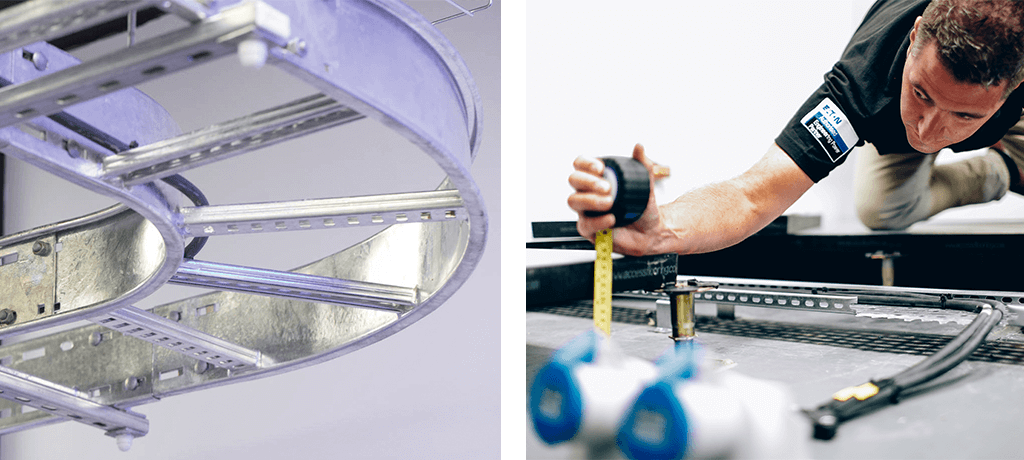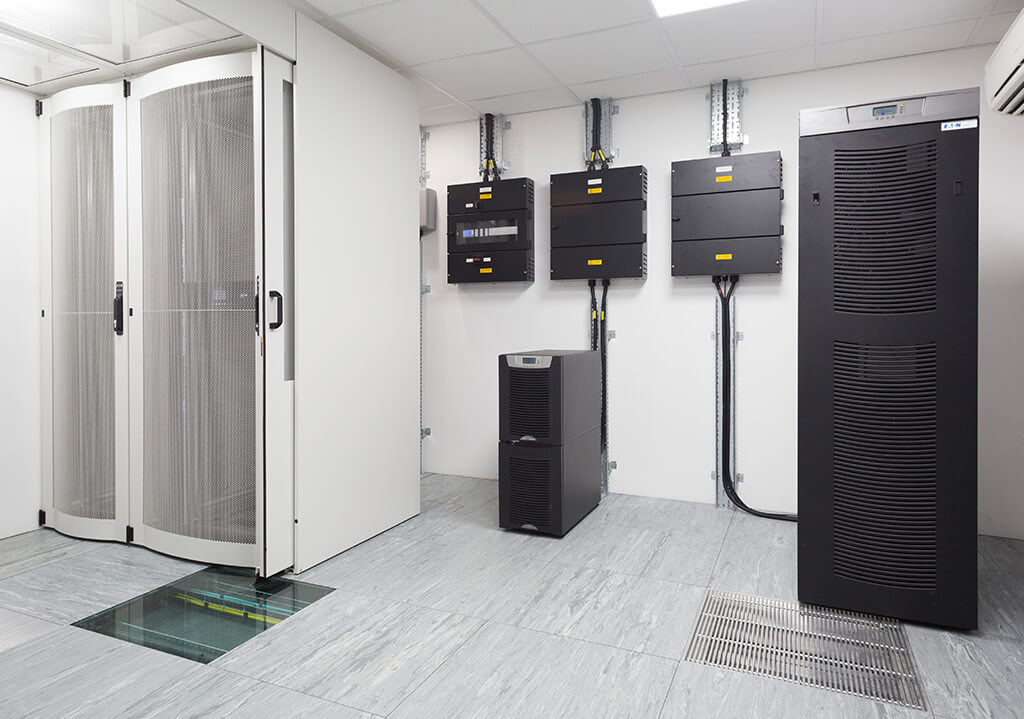- Homepage
- /
- Uncategorized
- /
- How To Design A Server Room
- Homepage
- /
- Uncategorized
- /
- How To Design A Server Room
- Homepage
- /
- Uncategorized
- /
- How To Design A Server Room
How To Design A Server Room
In the modern world, your servers are arguably the most important assets that you own. Through these critical pieces of infrastructure flows the information that underpins the work that you do. In this article, we describe the essential factors of how to design a server room to power your business while keeping your data protected.

Store, power, operate
At a basic level, you need to establish what size room you need for the server units and all supporting systems and equipment that you will use, as well as racks, this should include data and power cables and anything else it needs to function. Don’t forget to include physical apparatus like any air conditioning or fire suppression technologies that will need to be in place when estimating the size of the space needed.
Server room designers agree that your data centre shouldn’t be located near to exterior walls or windows. It should also be located in areas free from interference from other sources that could affect their operation, including lifts and other electrical power sources.
When looking at the height of rooms ensure your calculations include raised flooring, the clearances required above your server stacks and whether you will be adding suspended ceilings as part of your cooling activities.
If you’re thinking about locating your server room to be on an upper floor, calculate the impact of weight on the building. A single server cabinet typically weighs up to 300kg – a sizeable load that you need to manage safely.

Plan for growth
Fitting out a server room is a considerable investment, so approach the task with the future in mind. Think about your server room as being modular, flexible and expandable. Consider how and where cabling will need to be fed to. IT network wiring can be big and bulky, and with the tentacles of your server room stretching out across the organisation, identifying the right location can contribute to minimising costs and maximising performance.
You should think about the potential for organisational growth and plan accordingly. Do you think you’ll need additional server capacity in the short-medium term? If so, include this growth in your plans today, or face the costs of shifting your server room tomorrow. If you don’t know the answer, then make sure you ask the question.
Environmental controls
Data centres are humid places as banks of servers get hot and stay hot – unless there is adequate aid conditioning in place. The optimal room air temperature of a server room should be around 20˚. Temperatures shouldn’t dip below or above for an extended period of time. Your server room design needs to include adequate mechanisms to deal with the heat and the humidity to keep your stacks performing.
Traditionally, computer rooms used a hot aisle / cold aisle configuration to manage the flow of air in the server room. However, as rack densities have increased and power costs continue to rise, specialist air-conditioning is necessary.
Modern server rooms use Precision Air Conditioning (PAC) systems that can automatically adjust the sensible cooling and latent cooling needs of a server room. Sensible cooling removes heat from the room to lower the overall temperature, while latent cooling removes moisture from the air, dehumidifying it.
PAC systems are a cost-effective way to cool server rooms, working intelligently to monitor and manage temperatures. In doing so, they can distribute air and manage heat to maintain the consistent operation of your server room. A well-designed PAC system will have redundancy protection in place to manage any unexpected power outages that could affect functioning.
Dealing with the heat of the servers isn’t the only environmental challenge you face. You should have contingency plans in place to deal with fires, floods and other ‘acts of God. Your server room should be kitted out with fire, humidity, smoke and water sensors to alert you to any unforeseen events.
Vital supplies
Every server room or data centre needs a tested and reliable power connection for the power distribution units that manage the power path within your server room. As with the size of your server room, you should understand the power requirements while planning for growth, including their potential for scalability.
Server rooms are energy-intensive, drawing huge amounts of electricity from the grid. Couple that with a power-thirsty PAC and you’ve got a serious need for a secure, uninterrupted source of power for your server room or data centre to mitigate against any power-outages.
An uninterrupted power supply (UPS) delivers a constant current that keeps your server room functioning. The UPS steps in when it senses any loss in power supply ensuring your server stays working. You’ll be alerted to any issues, giving you time to shut down the server manually, preventing against data loss or damage.

Successful strategy
Planning, designing and installing a server room is a complicated job that needs to be approached meticulously. You must understand the implications of every choice you make on the function of your servers and their protection. As well as physical issues, your choices will have a strategic impact on the ability of your business to grow in the future.
At Carter Sullivan, we specialise in the design, installation and servicing of complex uninterrupted power supplies for data centres of all sizes. Having worked on thousands of server installation projects we understand what goes in to designing and delivering a successful server room. Talk to a Carter Sullivan installation specialist who can discuss how to design a server room for your business today.




